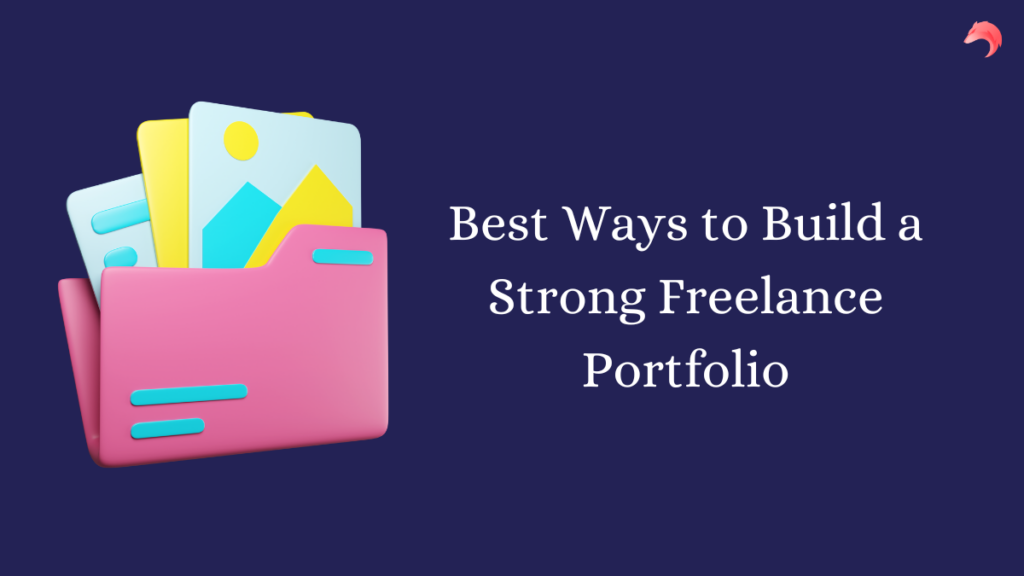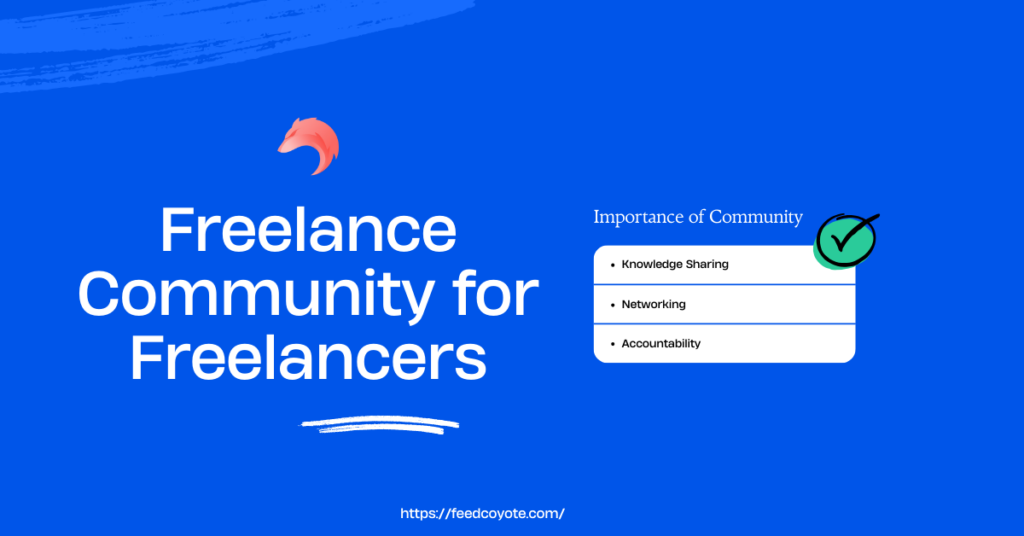Creating a social media portfolio can be a game-changer for anyone in the digital marketing field. Whether you’re a social media manager, content creator, or digital marketer, a well-crafted portfolio showcases your skills and achievements, helping you stand out in a competitive industry. Let’s dive into the step-by-step process to create a stellar social media portfolio.
Understanding Your Audience
Identifying Your Target Audience
The first step in building your portfolio is to know who you’re creating it for. Are you targeting potential employers, clients, or collaborators? Understanding your audience’s needs will help tailor your content to resonate with them.
Researching Industry Standards
Check out portfolios of successful professionals in your industry. Notice what they include, how they structure their content, and the visual elements they use. This research will help you understand what’s expected and inspire your own design.
Setting Your Objectives
Defining Your Goals
What do you want to achieve with your portfolio? Are you looking for a job, freelance gigs, or to showcase your work for personal branding? Clear objectives will guide the content and structure of your portfolio.
Aligning with Career Aspirations
Your portfolio should reflect your career goals. If you aim to become a social media strategist, highlight your strategy development skills. If you want to focus on content creation, showcase your best posts, campaigns, and engagement rates.
Choosing the Right Platform
Website Builders vs. Social Media Platforms
Decide whether to build a dedicated website or use social media platforms like LinkedIn, Behance, or even Instagram. Each has its own advantages.
Pros and Cons of Each Platform
- Website Builders: Customizable, professional, and can include a blog. However, they require more time and technical skills.
- Social Media Platforms: Easier to set up and maintain, with built-in audiences, but less customizable.
Gathering Your Best Work
Selecting High-Quality Content
Choose your best work that demonstrates a range of skills. Include diverse content types like posts, videos, campaigns, and analytics.
Organizing Content by Theme or Type
Arrange your work thematically or by content type. This makes it easier for viewers to navigate and find what they’re looking for.
Creating a Compelling Bio
Writing a Professional Summary
Your bio should be concise and engaging. Highlight your experience, skills, and what makes you unique in your field.
Highlighting Key Achievements
Include your most notable accomplishments, such as successful campaigns, awards, or recognition from industry leaders.
Showcasing Your Skills
Visual Content Creation
Display your ability to create visually appealing content. Include examples of graphics, videos, and photos.
Content Strategy and Planning
Show your strategic thinking by including content calendars, campaign plans, and the results they achieved.
Community Management and Engagement
Highlight your ability to build and manage communities. Showcase engagement metrics and examples of how you’ve fostered community growth.
Designing Your Portfolio
Choosing a Visually Appealing Layout
Select a layout that is clean, professional, and easy to navigate. A well-designed portfolio leaves a strong impression.
Incorporating Brand Elements
Use consistent colors, fonts, and styles that reflect your personal or professional brand.
Writing Case Studies
Structure of a Good Case Study
A good case study includes the project’s background, objectives, your approach, and the results. Be detailed but concise.
Examples of Successful Projects
Provide concrete examples with metrics to back up your success stories. This adds credibility to your portfolio.
Incorporating Testimonials
Requesting Testimonials from Clients or Employers
Ask for testimonials from people you’ve worked with. Positive feedback can significantly boost your credibility.
Displaying Testimonials Effectively
Place testimonials strategically throughout your portfolio to reinforce your skills and achievements.
Adding Analytics and Metrics
Importance of Analytics in a Portfolio
Numbers speak louder than words. Include metrics to show the impact of your work.
Presenting Data in an Understandable Format
Use charts, graphs, and infographics to make your data easy to understand and visually appealing.
Optimizing for SEO
Keyword Research and Implementation
Identify relevant keywords and incorporate them naturally throughout your portfolio to improve search engine ranking.
Meta Descriptions and Tags
Write compelling meta descriptions and use appropriate tags to help search engines understand your content.
Ensuring Mobile Responsiveness
Importance of Mobile-Friendly Design
A significant amount of traffic comes from mobile devices. Ensure your portfolio looks good on all screens.
Testing Across Devices
Test your portfolio on various devices and browsers to ensure it’s fully responsive.
Keeping Your Portfolio Updated
Regular Updates with New Work
Keep your portfolio fresh by regularly adding new projects and removing outdated content.
Removing Outdated or Less Relevant Content
Continuously refine your portfolio to only showcase your best and most relevant work.
Promoting Your Portfolio
Sharing on Social Media Channels
Promote your portfolio through your social media channels to increase visibility.
Networking and Outreach
Reach out to industry professionals and potential clients. Networking can open doors to new opportunities.
Conclusion
Creating a social media portfolio is an ongoing process that requires regular updates and strategic promotion. By following these steps, you can build a portfolio that not only showcases your skills and achievements but also helps you achieve your career goals. Remember, your portfolio is a reflection of you—make it as impressive as you are.
FAQs
Why do I need a social media portfolio?
- A social media portfolio highlights your skills and achievements, helping you stand out to potential employers or clients.
What should I include in my social media portfolio?
- Include your best work, a compelling bio, case studies, testimonials, and relevant analytics to showcase your impact.
How often should I update my portfolio?
- Regularly update your portfolio with new projects and remove outdated content to keep it fresh and relevant.
Which platform is best for my social media portfolio?
- It depends on your needs. Website builders offer more customization, while social media platforms are easier to set up and maintain.
How can I promote my social media portfolio?
- Share it on your social media channels, network with industry professionals, and reach out to potential clients to increase visibility.





